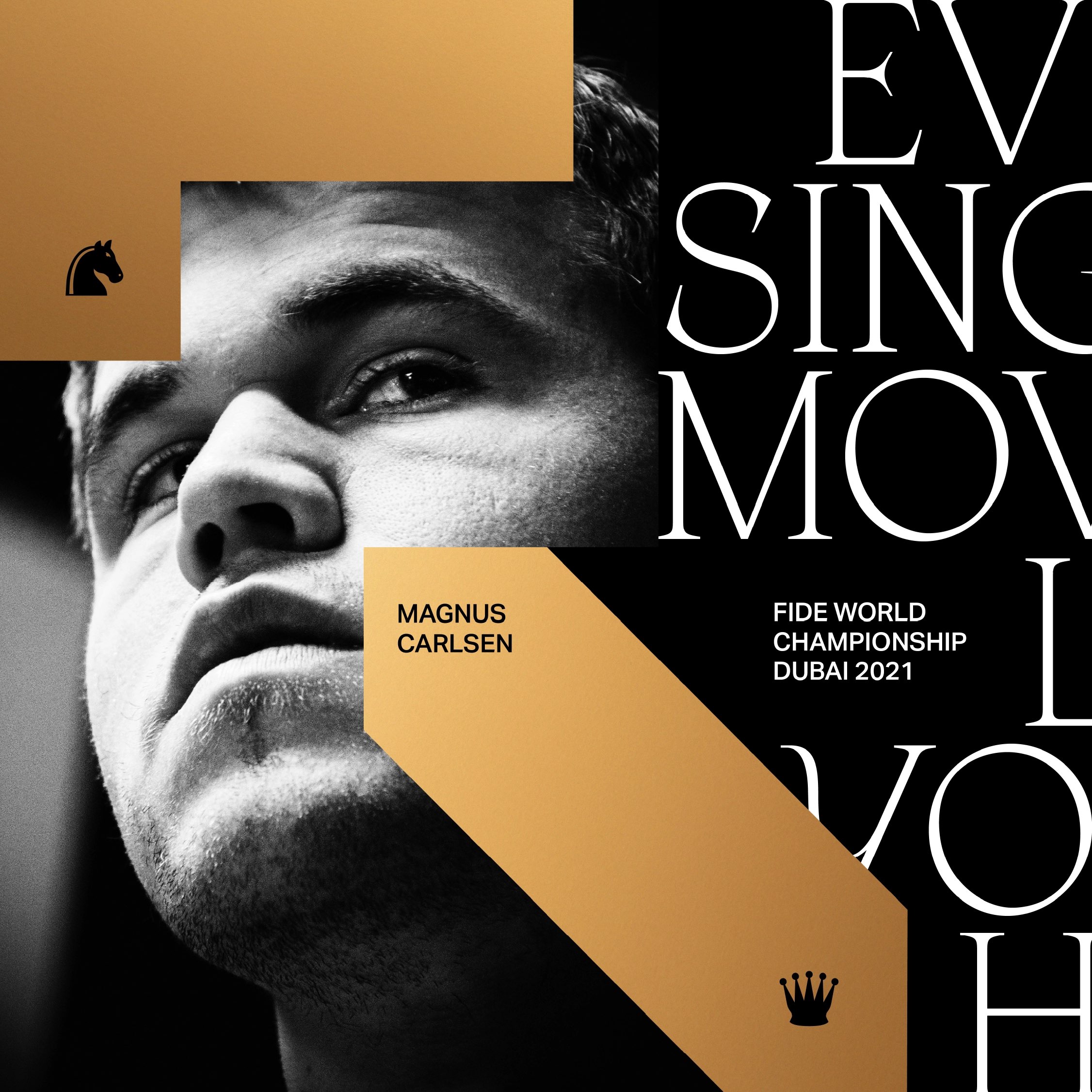We define tailored communication strategies aligned with a brand’s marketing and communication goals. Each project or campaign ensures consistency with the brand’s overall strategy, fostering coherent and impactful connections with target audiences.

Why do we need it?A communication strategy is essential for achieving the desired brand positioning with the target audience, whether internal or external. It allows us to establish various ways to connect with that audience, in line with the defined objectives.
It’s crucial to clearly define the brand’s problem or objective, its context, and to deeply understand its audience segments. This enables us to craft a communication strategy and creative concept that resonates, ensuring the message remains relevant and impactful.
What does it involve?
We create a matrix for each audience of the brand, defining a system of key messages, actions, and points of contact based on the challenges and communication pillars that have been established, in alignment with the overall brand strategy. This guide helps us create various communication strategies over time, alongside more tactical actions designed to achieve quicker results.
After immersing ourselves in the project and reviewing the campaign brief, we define the core communication platform. This involves identifying the opportunity to connect with our audience, pinpointing key insights, developing the big idea, and determining the tone of voice. We then conceptualize a creative direction, followed by the production of copy, visuals, and the entire rollout, including campaign claims, visual language, photo/video direction, and communication materials. Throughout the process, we ensure all elements remain consistent with the brand’s core strategy.
This communication approach focuses on building and nurturing customer relationships, ensuring they not only prefer the brand but also recommend it. Attitudinal studies of the segments help translate the value proposition into concrete benefits and experiences for each segment. We believe in collaboration with clients, so we often propose dynamic workshops to explore opportunity spaces.
To strengthen the brand’s position, we also recommend partnerships with third parties, including other brands or brand ambassadors. These collaborations, as well as influencer partnerships and sponsorships, are key to reinforcing and expanding the brand’s defined territory.
FAQs
All brands communicate. Whether internally, externally, or with end consumers or B2B audiences, all brands send messages to convey their value proposition. While the channels and intensity may vary, communication is essential for all brands.
Some brands move forward with communication plans without a clear brand strategy in place. In such cases, the focus often shifts to short-term tactical goals, which may dilute the brand’s core message and lead to confusion among the audience with each communication effort.
It is difficult to say a specific interval, but in the information age, we are immersed in constant stimuli, so a brand should be active frequently. Even so, a campaign is always born from an important communication objective, whether it is a brand milestone, an idea that you want to bring to the consumer’s mind, or in response to a specific phase of the funnel. It is decided to invest resources to position, have a considerable reach and return.
It’s difficult to pinpoint an exact timeframe, as brands are constantly exposed to stimuli in today’s information age. However, campaigns typically arise from important communication objectives—whether celebrating a milestone, communicating a specific idea, or addressing a phase of the marketing funnel. Campaigns are strategic investments aimed at positioning the brand and ensuring significant reach and return.
A Big Idea is a strategic concept that is rooted in a powerful insight and can be easily activated both verbally and visually. It serves as the central theme around which all communication materials are developed.

